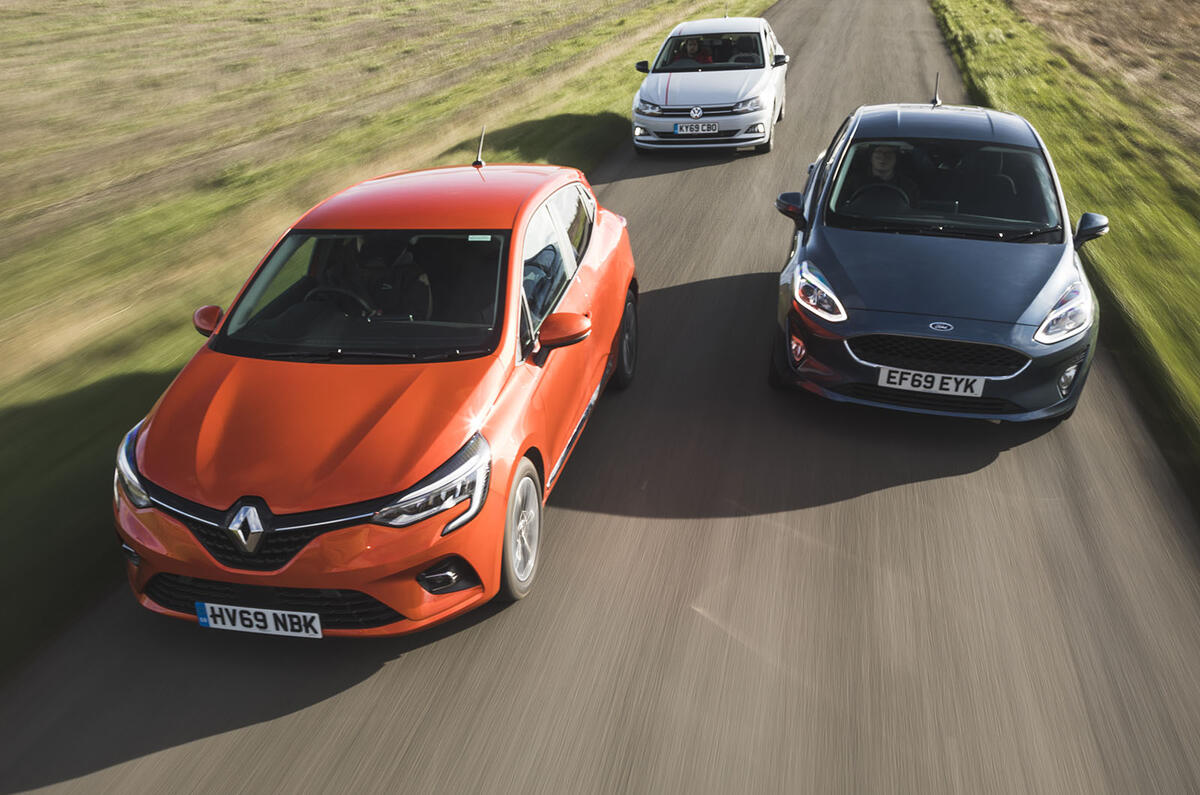From soaring energy prices to shortages of nickel and neon, that the impact of Russia’s invasion of Ukraine will be felt throughout the car industry for years to come seems certain, even in the best-case scenario of a grudging peace agreement.
Most commentators are focusing on detailing price swings, interrupted parts supplies and the impact of the loss of access to precious metals and minerals, but the broader picture suggests that the war could act as a catalyst for changing the make-up of the car industry in more fundamental ways.




Join the debate
Add your comment
I'm glad I'm much nearer the end of my motoring career rather than the beginning: Its going to be pretty miserable in a few years time for young/new drivers, when the choice of first cars will be limited to the same type of car that their parents and grandparents choose to drive. At least for now a 3-door Up/Fiesta/used Corsa offers a different look to the one your mum or Auntie might own.
Manufacturers used to be willing to bear the small profits, sometimes losses of their entry level vehicles with a longer term view, hoping the buyers they atracted could be cultivated to stay with the brand as their needs and income levels changed. Now, however, with all the big changes and uncertainty of the industry, and no doubt an eye to current shareholders, they're only interested in the short term position and producing the most profitable models. Lets hope there might be more than just Toyota to go against this trend.